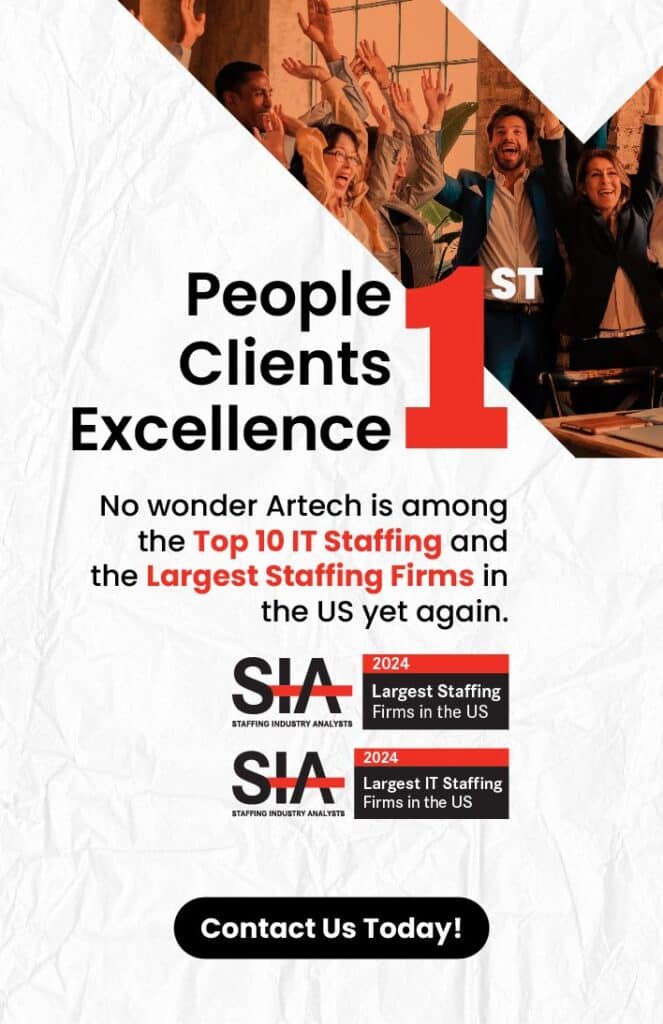
The modern era of collaboration started to hit the corporate scene in the late 1980’s with the introduction of fax machines, email, video conferencing, and voice mail. These technologies not only enabled improvements to our productivity but also created significant operational efficiencies in the office. Think about it, back then it was common to have people dedicated to answering phones, handwriting phone messages, typing documents, and sending/receiving internal mail folders. Since then, much of this middle-man function has been eliminated and our ability to communicate and collaborate with others has improved.
TODAY’S ENVIRONMENT
Fast forward a couple of decades… Technology has continued to evolve and to have a greater impact on our daily lives, how we communicate with others has changed, the digital data explosion continues unabated, and employers are now expecting greater productivity from their resources. Additional factors needing to be addressed when thinking about collaboration strategies include:
Mobility
-
- Most of us these days seem to be tethered to our cell phones. From a work and collaboration perspective, this creates new opportunities for how, when, and where we can work and talk with others.
Global Distribution
-
- Teams are increasingly geographically distributed across the globe and a growing majority of today’s workforce works remotely. This makes face-to-face meetings increasingly difficult and cost prohibitive for many.
Greater Transparency & Collaboration in the Workplace
-
- Organizational structures are becoming flat with transparency and inclusivity on the rise. This translates to people being on twice as many teams as they were five years ago and 80% of people’s time at work is spent collaborating (e.g., meetings, calls, etc.)
Workplace Diversity
-
- We now have five generations currently in the workplace with each generation of workers having different backgrounds, comfort levels using technology and expectations of what it means to communicate and collaborate with others.
Moving Forward
- We now have five generations currently in the workplace with each generation of workers having different backgrounds, comfort levels using technology and expectations of what it means to communicate and collaborate with others.
The ideal collaboration platform would seamlessly integrate into our existing lives and would extend the tools and technologies currently being used in the workplace. Microsoft Teams is not only a Collaboration Engine already built into Office 365, SharePoint, and Outlook, but it is also an aggregator. Teams will aggregate existing tools and functionality into a single workplace for groups to collaborate with. It can easily scale from small organizations to large enterprises and is extensible by being able to build business processes directly into the tool.
Since its initial release in March 2017, Microsoft Teams is now used by over 200k organizations in 181 markets worldwide and is available in 39 languages. The bottom-line is that if you already use Office 365, then you most likely own Microsoft Teams and it is ready for you to use. I should also note that if you currently use Skype, you will need to migrate to Teams since Microsoft is sunsetting Skype within the next couple of years.
We would love to talk about the workplace collaboration needs for your business. To learn more about workplace collaboration using Microsoft Teams, please contact Artech Consulting.
This content is crafted with care by Artech Staff Authors. While it reflects our commitment to quality and accuracy, please note that it is not authored by industry experts. We aim to offer valuable and engaging information, and for more specialized or technical advice, we recommend consulting with professionals in the relevant field. If you have any concerns or require further assistance, please contact us at support@artech.com. Thank you for trusting Artech as your source of informative content.








